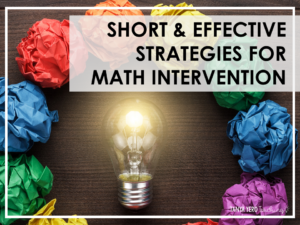
Short and Effective Strategies for Math Intervention
Ensuring that all students achieve the same level of success in one school year is no easy feat. Our students come to us at all

Ensuring that all students achieve the same level of success in one school year is no easy feat. Our students come to us at all
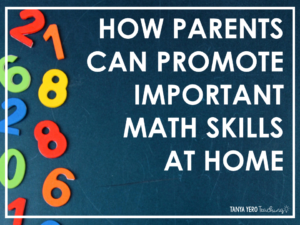
The partnership between school and home is more important than ever with some schools participating in distance learning this year. Whether your child is in
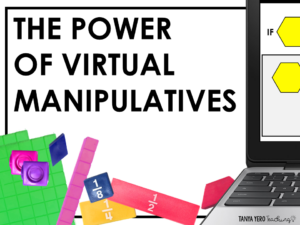
In 2020, Math instruction has gone digital! Of course, students are participating in distance or hybrid learning. Even students in the physical classroom need access
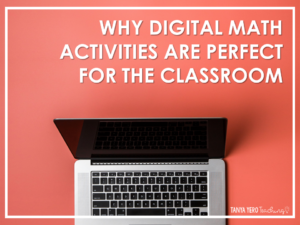
Teaching in 2020 looks different than any other year of education. Teachers are redefining what teaching looks like and how to best serve their students
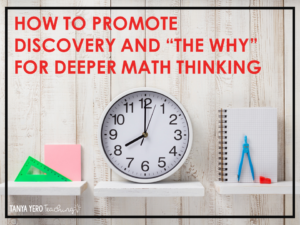
You’ve heard parents say that they don’t like the “new math” or today’s way of teaching math. In reality, math hasn’t changed. The “new math”

Your students all learn differently and at different paces. While some students may come in your classroom with certain standards already mastered, others may struggle
COPYRIGHT © 2019 — TANYA YERO TEACHING • ALL RIGHTS RESERVED • SITE BY LAINE SUTHERLAND DESIGNS
This website uses cookies to ensure you get the best experience on our website.
See full disclosure here.
This website uses cookies to ensure you get the best experience on our website. See full disclosure here.